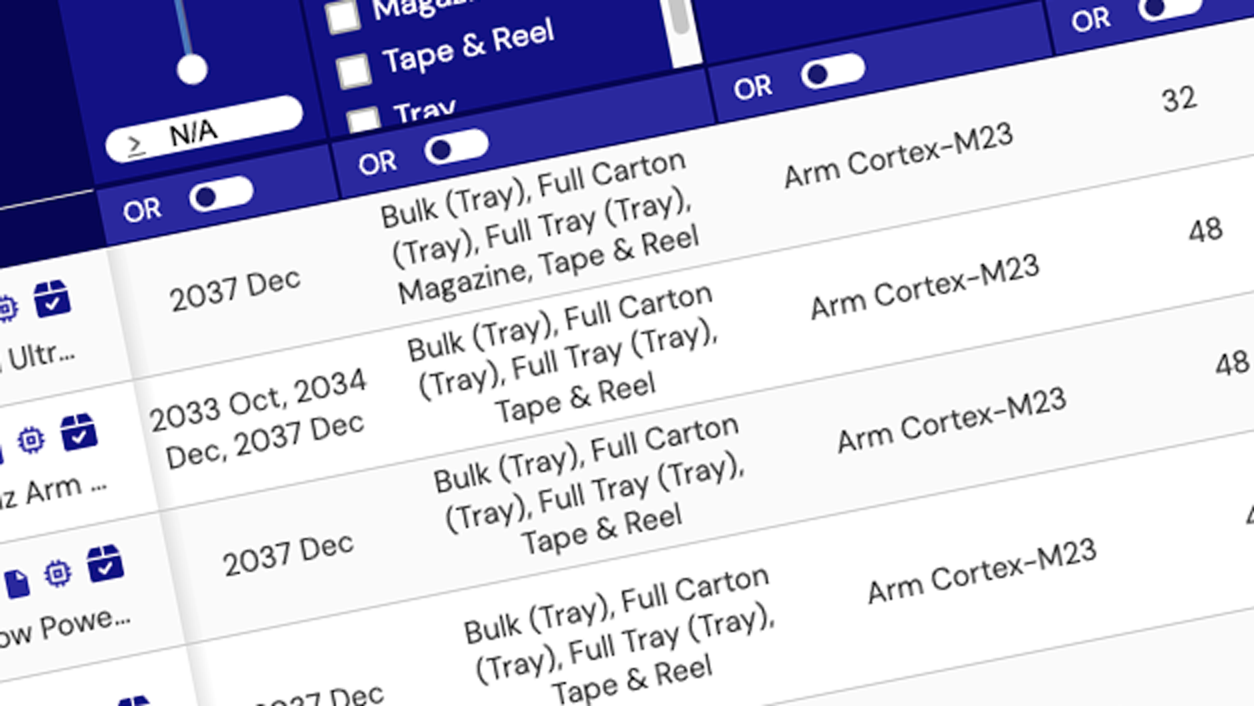Renesas offers an extensive line of high-performance, low power, low-latency RapidIO switches which are ideal for peer-to-peer multiprocessor embedded systems up to 12.5 Gbaud per serial link. The Renesas RapidIO switches are low power, low latency with industry-leading interoperability, configurability, and power per port. Today, Renesas is shipping six generations of RapidIO switches in wireless, video, military, and industrial applications supporting the RapidIO 3.1, 2.1 and 1.3 standards.
RapidIO switches are the backbone of 4G, CRAN and 5G wireless base stations for chip-to-chip, board-to-board and chassis-to-chassis links including secure encryption/decryption of the S-RIO protocol for out-of-the-box cabling. This overall offering makes pervasive mobile broadband a reality. Renesas RapidIO is literally bringing high definition real-time imaging, video, and teleconferencing systems to life. In military and embedded computing, the reliability and robustness of Renesas RapidIO is battlefield proven, making missions safer and making it possible for OEMs to deploy complex multi-processor systems in everything from fighter aircraft to shipborne electronics.
RapidIO is ideal for connecting clusters of embedded processors in a peer-to-peer network, which to date has been impossible with other embedded interconnect for any system that requires more than a few processors and where large amounts of data must be exchanged between processors with low and deterministic latency with no software overhead for protocol termination.
The Renesas portfolio of switches includes products with a rich set of features spanning all required port counts and bandwidth. With Renesas' combined Tsi, CPS and RXS switch portfolio, we offer the industry's most comprehensive family of RapidIO switches. Download the Renesas S-RIO Switch Feature Comparison Chart (PDF) for a detailed comparison of the RXS, CPS and Tsi RapidIO devices.
- Download: Interconnect for Open High-Performance Computing (PDF)
- Download: Supercomputing at the Mobile Edge Overview (PDF)
- Download: Military and Aerospace Product Overview (PDF)
- Download: RapidIO® Interconnect for Servers and Supercomputing Product Brief (PDF)
- Download: Switching and Bridging Solutions (PDF)


